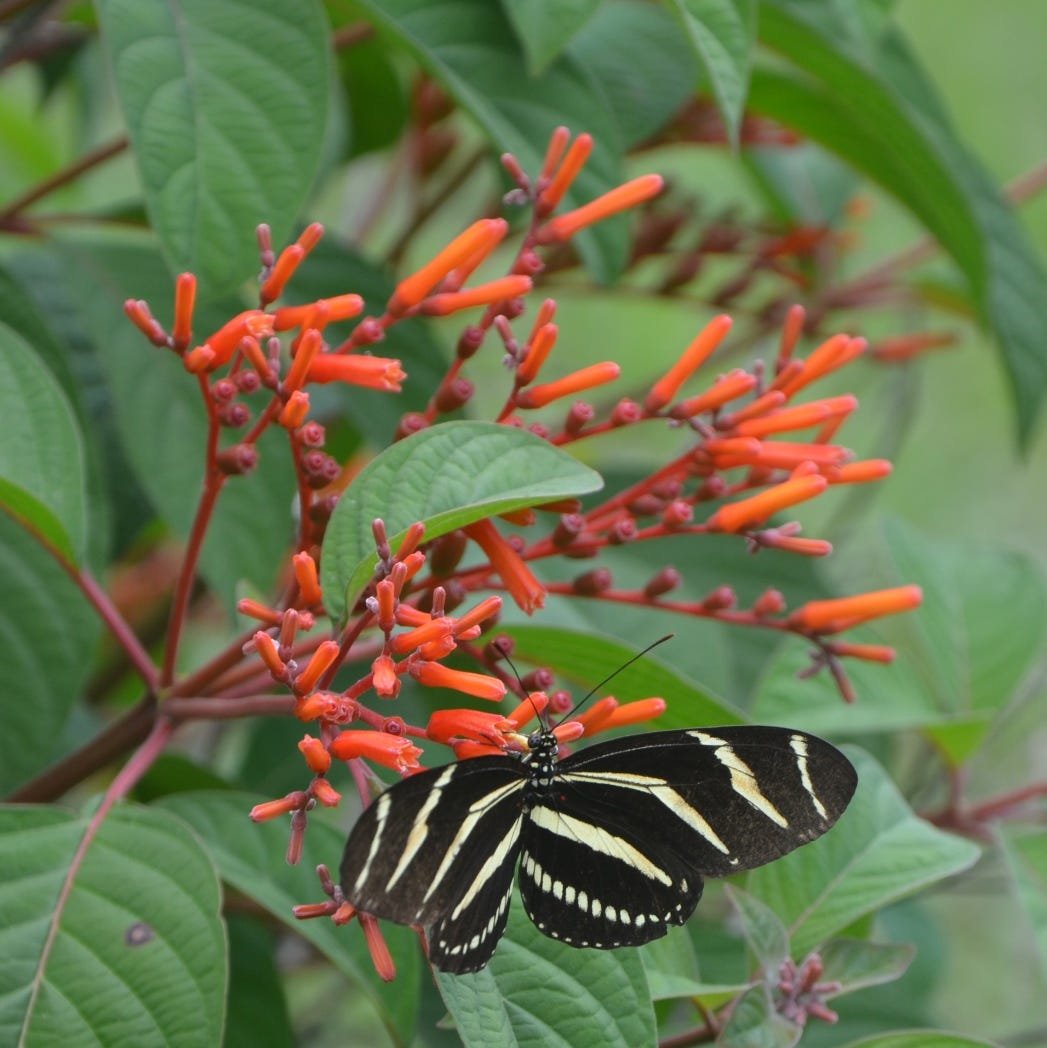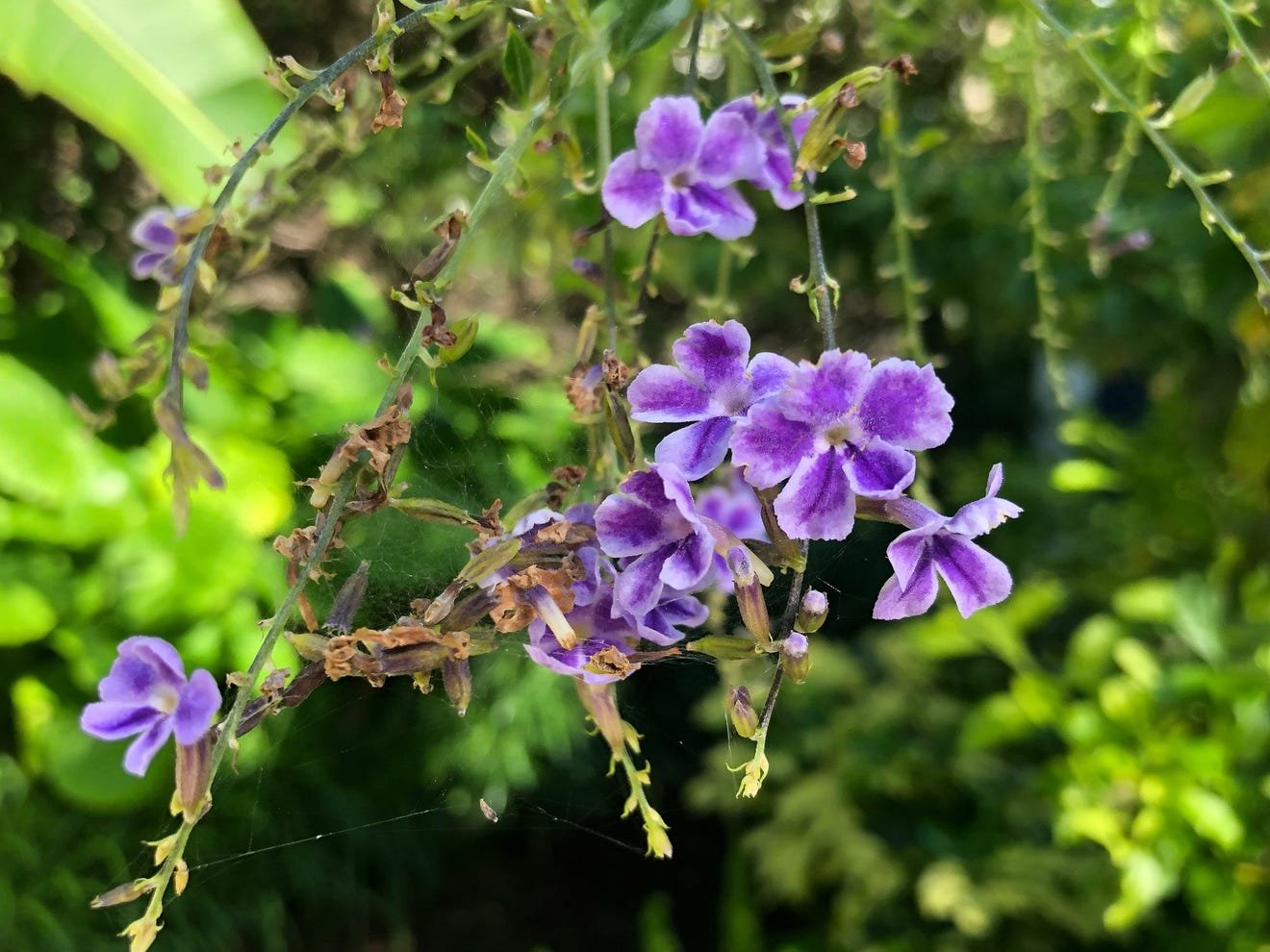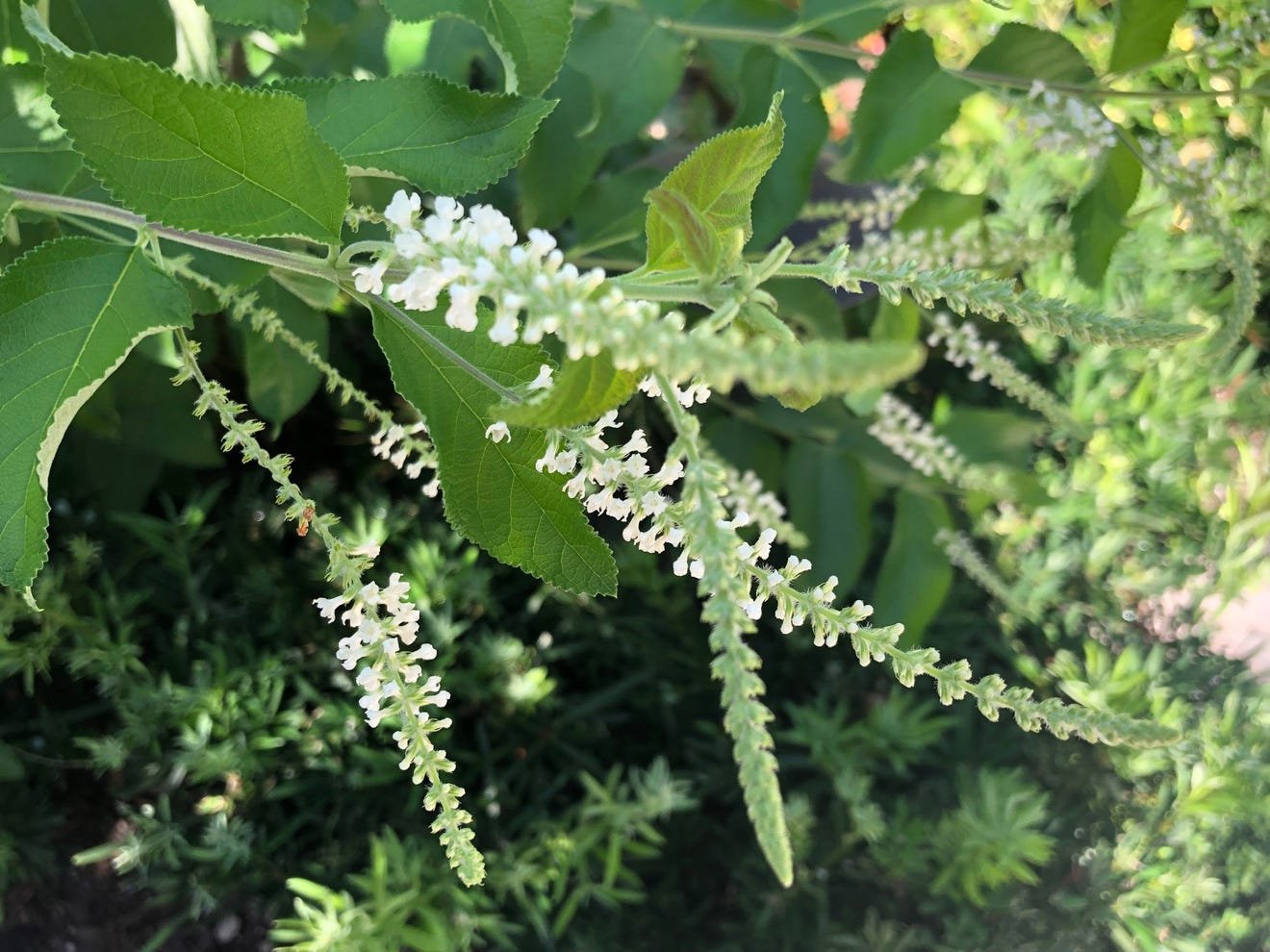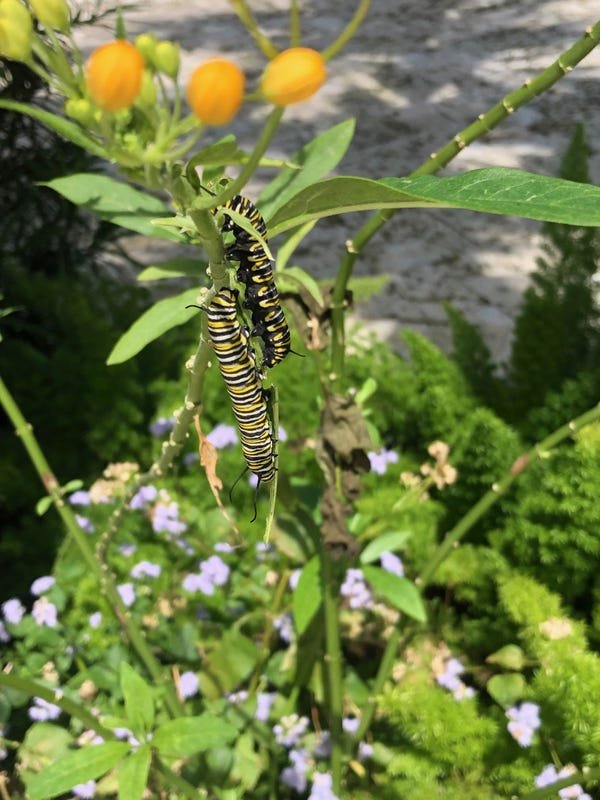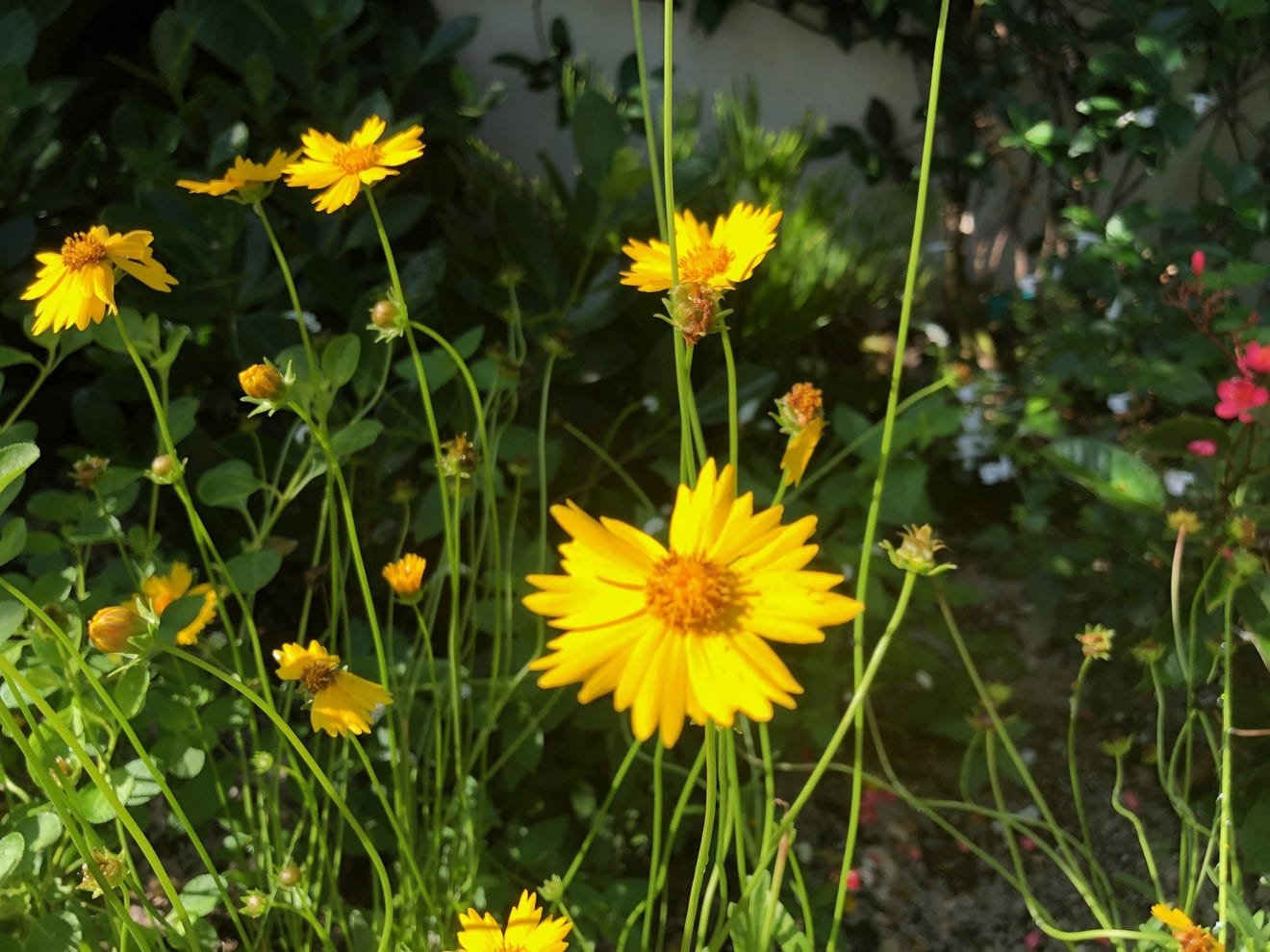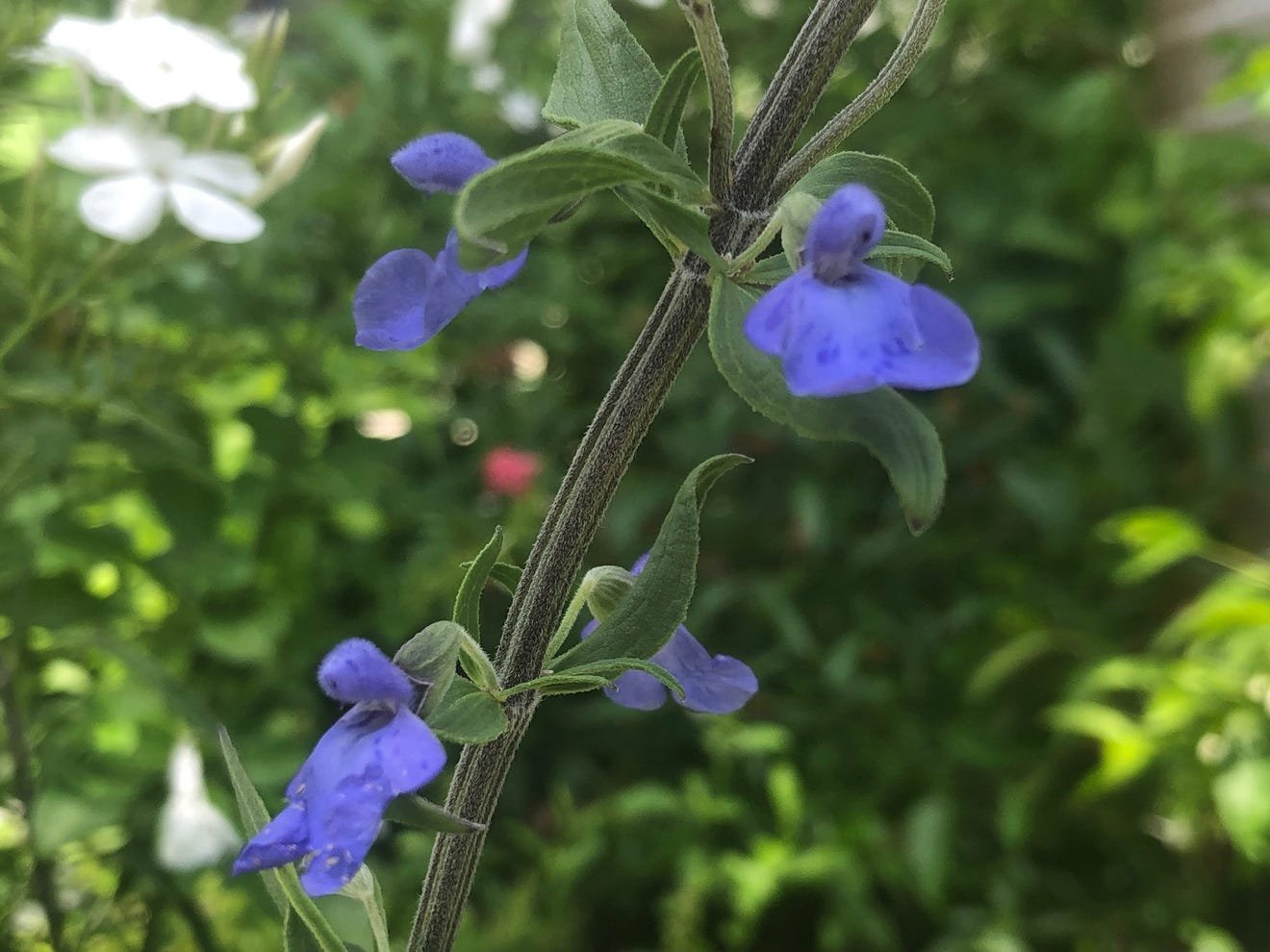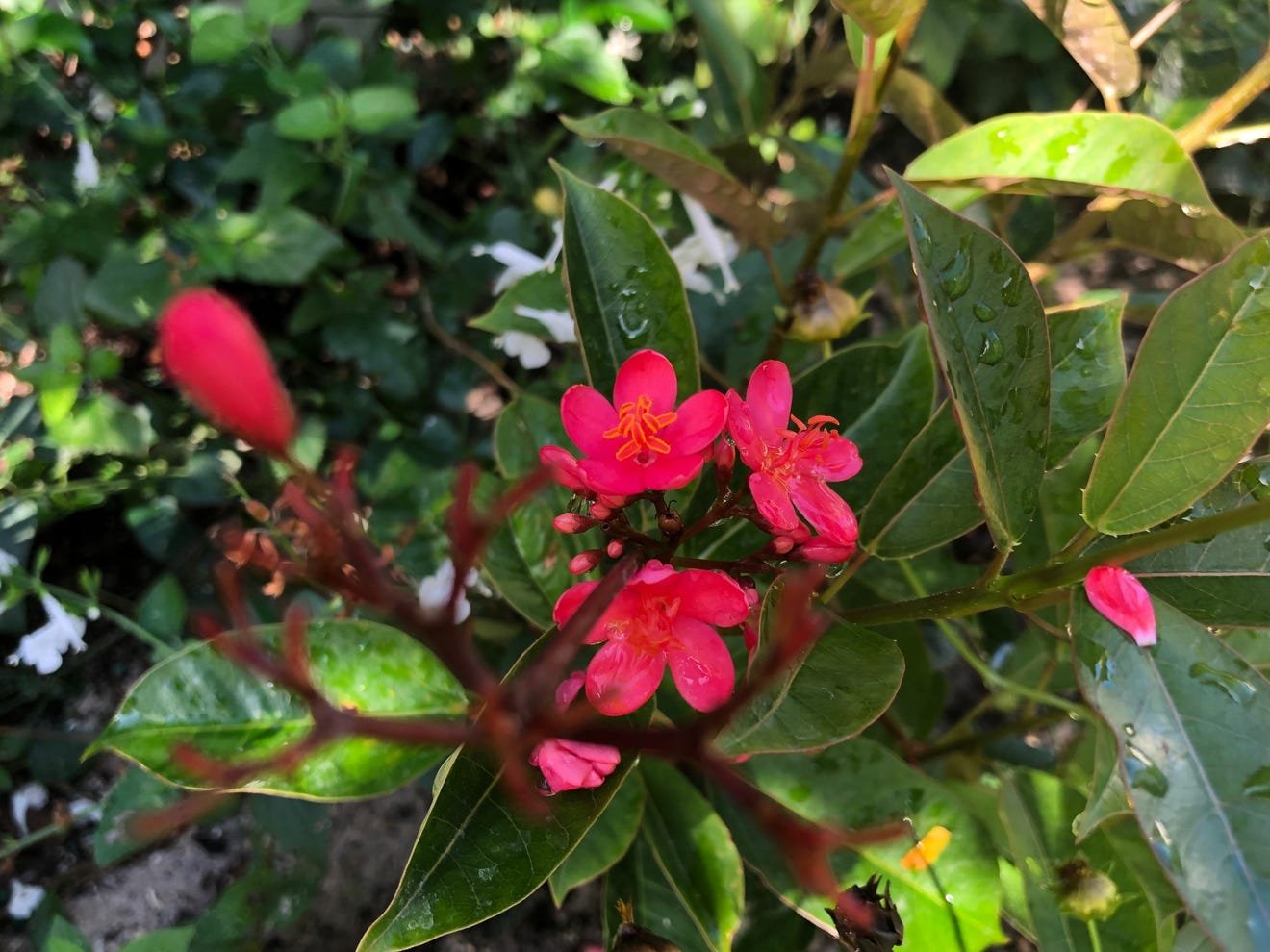Adding Biodiversity a Crucial Initiative
May 12, 2019
Palm Beach’s Green Initiative is a momentous start to restoring our island paradise to the paradise it should be. Planting natives and eliminating pesticides and fertilizers are essential to that end. But there’s one more component we cannot overlook: the importance of biodiversity.
Biological diversity is the infrastructure that supports all life on earth: from genes, to species, to entire ecosystems. Its urgency cannot be overemphasized. The myriad of interactions between all living things depends on the multitude of biodiversity in our habitats.
In Palm Beach, we have created a monoculture of sorts with an overabundance of green island ficus, trinette, podocarpus, schefflera and Ficus benjamina, which is now banned. These all are fantastic plants with important landscape value and they almost always look great. But they can’t be the entire landscape. We need to introduce additional species; diversity is mandatory for the survival of our ecosystems.
Over the last six months, I replanted an entryway that contained just those five plants. Without removing everything, but by adding many new species, some native, but not all, this area became a real garden — and a haven for butterflies, bees, and hummingbirds. It was fun and easy and a perfect way to reconnect with the natural world. And anyone can do it.
We all love to take our children and grandchildren to nature centers and wildlife sanctuaries; now you can take them to your own garden and show them the cool caterpillars on your corky stem passion flower (growing up the sides of your palms) that will become beautiful zebra heliconiums, Gulf fritillaries or Julias. They can smell the wonderful sweet almond and watch the monarch caterpillars devour the milkweed, and then seek out the beautiful chrysalis hidden in neighboring plants and wait for them to emerge as gorgeous monarch butterflies. And you won’t have to worry about toxic chemicals because nothing in your garden will need fertilizer or pesticides.
Here’s a brief list of some great plants, native or just Florida-friendly, that require little attention while giving you gorgeous color, wonderful fragrance and endless pleasure. All will help restore your landscape to the biodiverse ecosystem necessary to support the vast web of life essential to the health of our planet.
Firebush/Hamelia patens var patens
Tropical Sage/Pink Salvia Coccinea
Natives:
Milkweed: Asclepias species. Try to get the native varieties — and get as many as you can as the caterpillars will eat them and then search out more.
Corky stem passionflower: Passiflora suberosa. Wonderful, easy to grow vine that will work its way up any trees, bloom profusely all year, and provide you with the stunning black and white striped zebra heliconium, and the orange Gulf fritillary and Julia.
Florida Firebush: Hamelia patens var patens. Great colorful shrub with tubular reddish orange flowers year round – loved by butterflies and hummingbirds. Make sure you get the native variety.
Scorpiontail: Heliotropium angiospermum. Long spikes of arching white flowers on compact bushy shrub. Blues, crescents and hairstreaks all love this.
Wild sage: Lantana involucrata. Fragrant white to pink flowers year round are a favorite nectar source for butterflies and hummingbirds.
White indigoberry: Randia aculeate. Terrific small shrub tolerant of salt, drought, and poor soil. Full sun or part shade. Star-like white flowers are nectar source for the rare atala butterfly.
Azure blue sage: Salvia azurea. Stunning blue flowers spring through winter, full sun, great for butterflies and hummingbirds.
Tropical sage: Salvia coccinea. Pink and white flowers all year — or you can get the red variety. Hummingbirds and butterflies love the flowers while painted buntings, indigo buntings and many finches feast on the seeds.
Bahama senna: Senna Mexicana var Chapmanii. Beautiful yellow flowers year- round on easy to maintain, spreading bush. Larval host for orange barred sulphur, cloudless sulphur, and sleepy orange butterflies. It's drought, salt, and wind tolerant; I have it growing on a bulkhead and it looks terrific!
Saw palmetto: Serenoa repens. Great as low hedge or screen with tiny fragrant flowers loved by butterflies, especially the rare Atala. Host for palmetto skippers.
Necklace pod: Sophora tomentosa. Tall spikes of yellow flowers all year; drought and salt tolerant. Host for martial scrub hairstreak. A must for hummingbirds!
Rudbeckia, coreopsis, and rosinweed (Silphium asteriscus). All with lovely yellow, daisy-like flowers year round – terrific butterfly nectar sources – drought and salt tolerant. Full sun.
Cocoplum (Chrysobalanus icaco), great shrub for screen, gorgeous red-tipped evergreen leaves, fragrant.
Here are some non-natives to add for additional color and fragrance, and all are butterfly magnets:
Panama rose (Arachnothryx leucophylla), clusters of bright pink flowers; peregrina (Jatropha integerrima), coral red blossoms
Sweet almond bush (Aloysia virgata) fabulously fragrant white flowers; golden dewdrop (Duranta erecta), clusters of purple/blue flowers
Blue plumbago (Plumbago auriculata), fabulous blue flowers
Desert fire (Russelia rotundifolia), brilliant red flowers, drought resistant and tough
Lady of the Night (Brunfelsia americana), white flowers, fabulously fragrant
Pinwheel jasmine (tabernaemontana divaricata), lovely white flowers — gorgeous plant
White angel (Wrightia antidysenterica) immaculately white, fragrant flowers;
Thryallis (Galphimia gracilis), graceful clusters of sparkling yellow flowers all year, sun or shade, care-free!
These are just a few, but adding any of these plants to your landscapes will bring butterflies and birds, while adding to the important diversity necessary to maintaining sustainable ecosystems. If we all work together on this, we can actually save the world.
Original article on the Palm Beach Daily News is HERE.


